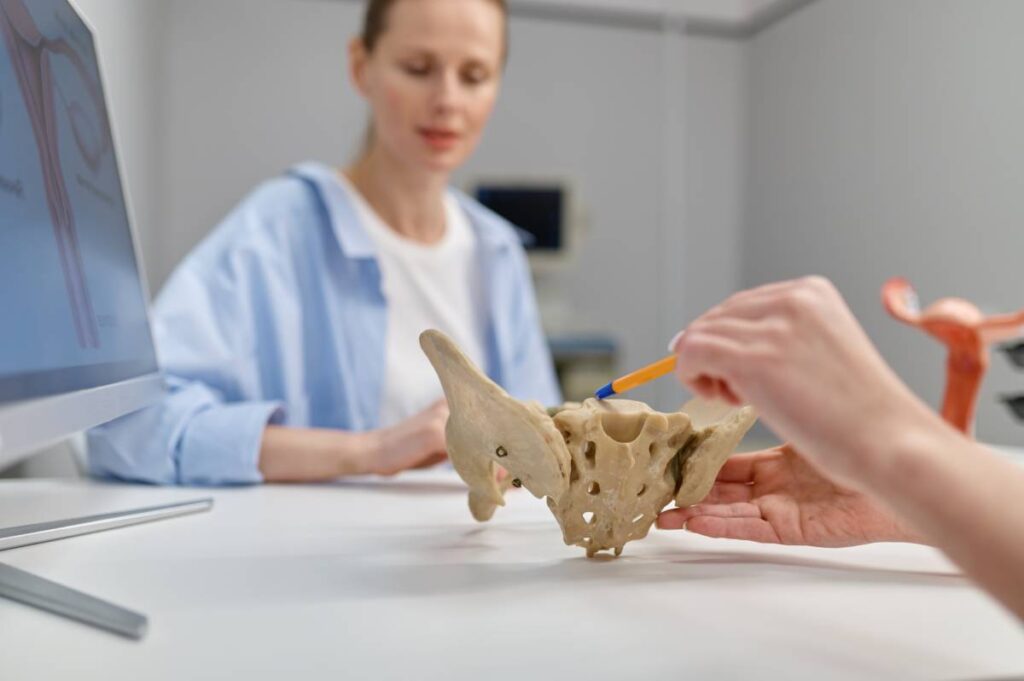Pelvic Floor rehab Hackensack: What to know before your first session?

Pelvic floor rehab Hackensack is a specialized form of physical therapy that focuses on the muscles, ligaments, and connective tissues that support the pelvic organs. If you’re considering your first session, it’s essential to understand what to expect and how to prepare.
Here are some of the things you need to know before you go through the process:
Understanding the pelvic floor
The pelvic floor is a group of muscles located at the base of the pelvis, which plays a crucial role in supporting various organs like the bladder, uterus, and rectum. When these muscles become weak or dysfunctional, it can lead to various health issues, such as urinary incontinence, pelvic pain, and sexual dysfunction.
Choosing a specialist
Before your first session, it’s crucial to find a reputed and professional pelvic floor rehab Hackensack clinic. Look for the clinic that has a therapist with experience in this specialized field and consider asking for recommendations from your primary care physician or gynecologist.
Initial assessment
Your first session will typically begin with a thorough assessment. Your therapist will take a detailed medical history and discuss your symptoms and concerns. This initial conversation will help the therapist understand your specific needs.
Physical examination
Expect a physical examination of your pelvic region. While this may feel uncomfortable initially, remember that pelvic floor therapists are professionals trained to ensure your comfort and privacy during the assessment.
Goal setting
Together with your therapist, you’ll establish clear treatment goals. These goals can include reducing pain, improving muscle strength and control, and addressing specific pelvic issues like incontinence.
Education and awareness
Pelvic floor physical therapy is as much about education as it is about exercise. Your therapist will teach you about the anatomy of the pelvic floor, how it functions, and how lifestyle factors can affect it.
Exercises and techniques
You will learn various exercises and techniques to improve the strength and coordination of your pelvic floor muscles. These may include Kegel exercises, relaxation techniques, and posture adjustments.
Hands-on therapy
Some sessions may involve internal therapy, where the therapist uses their hands to work on specific pelvic floor muscles. This can help release tension and improve muscle function.
Home exercises
Your therapist will likely prescribe home exercises to reinforce the progress made during your sessions. It’s essential to follow these instructions diligently to see lasting results.
Diet and lifestyle changes
In some cases, your therapist may recommend dietary changes or lifestyle modifications to support your pelvic health. This can include dietary adjustments to manage constipation or changes in fluid intake.
Communication with your therapist
Effective communication with your therapist is essential. Don’t hesitate to ask questions, share your concerns, or report any discomfort during sessions. Your therapist is there to help and adapt the treatment plan as needed.
In summary, pelvic floor physical therapy is a valuable resource for individuals experiencing pelvic floor issues. With the right pelvic floor rehab Hackensack clinic and your dedication, you can embark on a journey to better pelvic health and overall well-being.
